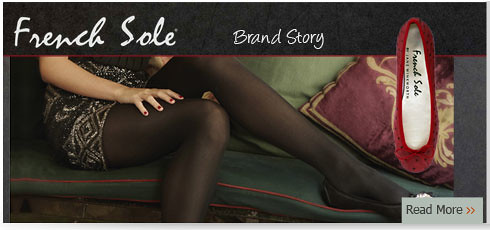 Sonobond Ultrasonics announced that it now has 10 machines,plus several modules for original equipment manufacturers(OEMs),that provide fast, reliable, and cost-effective ultrasonic bonding of woven and nonwoven textile products.
Sonobond Ultrasonics announced that it now has 10 machines,plus several modules for original equipment manufacturers(OEMs),that provide fast, reliable, and cost-effective ultrasonic bonding of woven and nonwoven textile products. According to Sonobond’s Vice President, Melissa Alleman, “Manufacturers and assemblers can confidently use Sonobond units to bond textiles that are 100% synthetic, as well as blends that have up to 40% natural fibers. Felted filter media are among the nonwoven materials that our machines handle effectively.”
The following is an overview of the ultrasonic bonding equipment for oven textiles and nonwovens currently available from Sonobond Ultrasonics.
The SeamMaster - for General-Purpose Ultrasonic Bonding
The Sonobond SeamMaster seals, “sews,” and trims nonwoven and synthetic fabrics in one quick, reliable step. The unit is similar in appearance and operation to traditional sewing machines, but uses no thread, glue, or other consumables. The SeamMaster fuses and seals seams so effectively that it can be used in the assembly of medical disposables that must comply with OSHA regulations for barrier seams. This makes it ideal for use in the production of gowns, face masks, and mattress covers. The unit—which is up to four times faster than conventional sewing machines and up to 10 times faster than adhesive machines—is also frequently used in the assembly of filters and protective products.
The SeamMaster - High Profile Bonder
The SeamMaster High Profile Bonder has a larger pattern wheel and a higher clearance above the bench than the generalpurpose SeamMaster. This makes it the ideal choice for applications involving bulky materials, hand-guided operations with tight tolerances, and for working around curves. Like the generalpurpose SeamMaster, the High Profile Bonder has fast production speeds and virtually eliminates fraying or unraveling of bonded edges and seams. The SeamMaster High Profile Bonder is especially popular with body armor manufacturers. They use this unit to seal the outer nylon shell of ballistic vests with the ballistic-resistant materials inside. The reliability of the bond helps the body armor comply with the latest National Institute of Justice(NIJ) submersion test standards (NIJ 0101.06) that require protection from submersion for 30 minutes, rather than protection from a spray shower. The unit’s dependability and performance also make it ideal for manufacturers who must satisfy OSHA regulations for barrier seams in medical apparel. In addition, a special fixture is available for sewing pleated filters. It is also available as a modular unit for easy integration into the production process.






 12:30 PM
12:30 PM
 Fibre2Fashion Blogs
Fibre2Fashion Blogs





 The Census of Textile Engineering Industry (TEI) Units has been initiated by Textiles Committee mainly to fill up the data gap required for policy decision pertaining to textile machinery industry in India.
The Census of Textile Engineering Industry (TEI) Units has been initiated by Textiles Committee mainly to fill up the data gap required for policy decision pertaining to textile machinery industry in India. 
 KB Seiren Ltd., a subsidiary of Japan textile producer Seiren Co., has launched a wipe, which has dual applications. It can eliminate both water and oil-based grime.
KB Seiren Ltd., a subsidiary of Japan textile producer Seiren Co., has launched a wipe, which has dual applications. It can eliminate both water and oil-based grime.






















